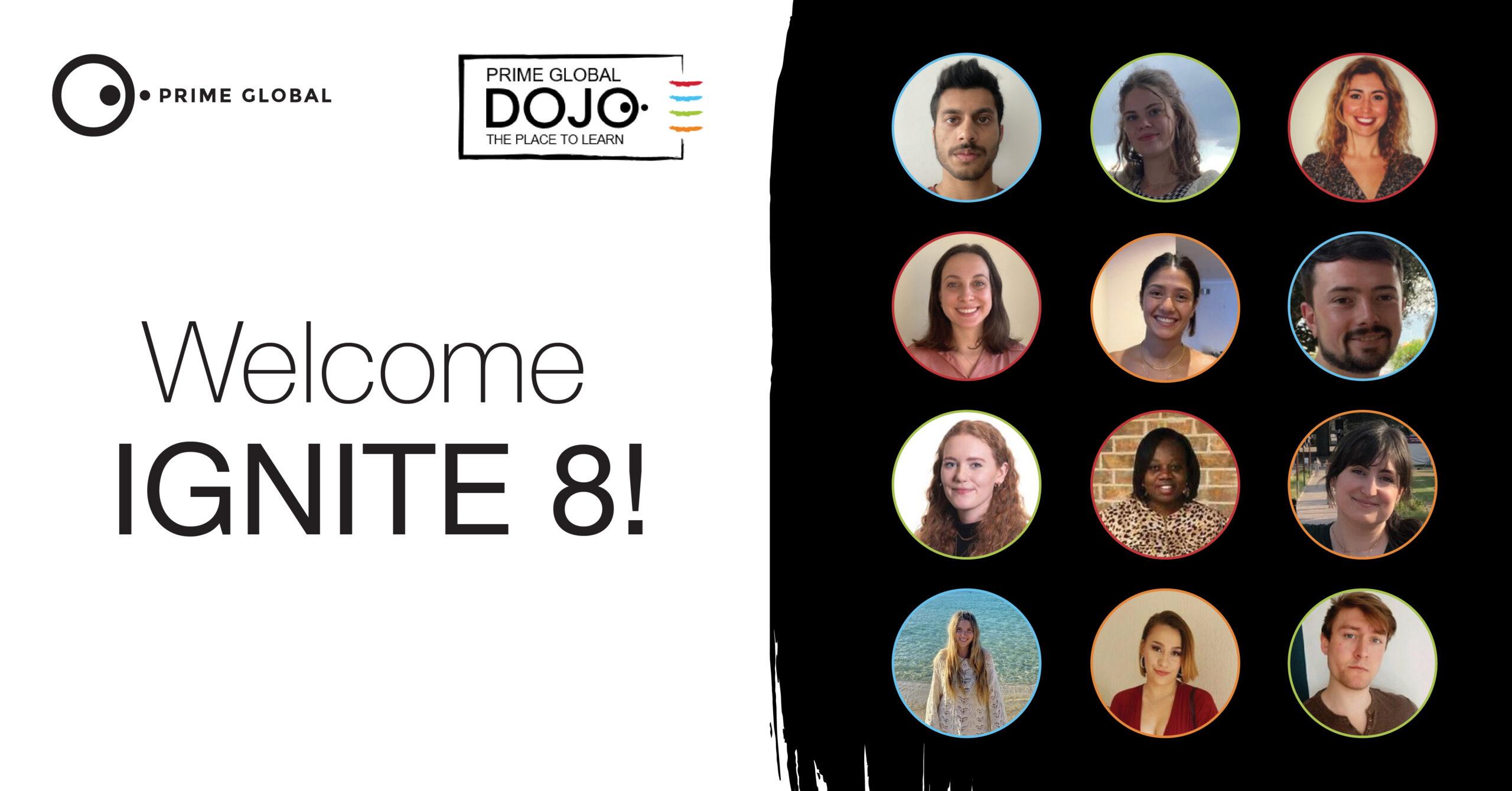This World AIDS Day, Emma Sutcliffe, SVP Patient Insights and Solutions, takes a look at how far we’ve come and how far we’ve yet to go. Patient activism is a key factor in this progression; Emma discusses her experiences over a near-three-decade career in medical communications and working with patient organisations and how central the patient really is.
Introduction
World AIDS Day 2021 highlights that it is 40 years since the first clinical cases of this retrovirus were observed, and discussion about the impact of the coronavirus pandemic continues to dominate the global communication channels. Sadly, there is a combination of communications about both as the World Health Organisation stated earlier this week that the COVID ‘variant of concern’ – Omicron – is highly virulent and may evade our vaccines in their current formulation through many mutations on the ‘crown’ of the coronavirus, which is the key target for the vaccines. At the time of writing, it is postulated that this variant has arisen from untreated people living with HIV and this has led to confusing and scaremongering comments in social media that the Omicron variant is a COVID-HIV hybrid. It is not. However, it it is alarmingly easy for such misinformation to circulate in a digital world. Fortunately, we can correct this and sharing accurate information about COVID has been a hallmark of pharma’s contribution to providing solutions ‘beyond the pill’ in the past 18 months.
Reflection
This was not the case when I first started working in medical communications and with patient organisations almost three decades ago – specifically, working with patient advocacy groups and pharma to develop antiretroviral medicines. Earlier this month, I sat with Dr Graeme Moyle, a global HIV expert, and we reflected on the communications projects we had collaborated on and considered the questions that still circulate about patient engagement with HIV communities (see interview).
We discussed how, in 1995, there was no such thing as ‘patient-centred behaviours’. There was clinical research, some communication with physicians, and the occasional reference to ‘quality of life’ or disease awareness campaigns. Patient organisations existed as offshoots of traditional fundraising – medical charities, where at best a patient, or their carer, might be able to retrieve a ‘patient information leaflet’, which was usually a woefully inadequate listing of the potential adverse events of a pharmacotherapy. The concept of real world evidence, patient-relevant communication, or a patient-reported outcome was the antithesis of the clinical trial protocol or the clinical study programme. Patients were seen and not heard; their lives outside of a hospital, trial centre, or their GP surgery were non-existent. On reflection, it is no surprise that for medicine and research to become holistic, it took a ruthless level of activism to make the pharmaceutical industry and medical leaders take notice of patients – it was the ‘Act Up’ patient organisation who first translated rhetoric into research.
Ruthlessness
Act Up was the near-militant activism group lobbying for better research for treatments for people living with HIV. In 1995, following almost a decade of political campaigning and refusing to capitulate to hysteria in place of research, the breakthrough, life-saving medications in the form of protease inhibitors achieved the unachievable. The beginning of the end for ‘the killer virus’ was the drugs that took the surrogate marker for drug efficacy to combat HIV – viral load level – down to ‘undetectable’; the nirvana for an antiretroviral treatment. As a trainee medical writer in 1995, the first work I ever did on ‘patient voice’ was writing a video for a European HIV Activist Group about these drugs; I will never forget the fax from the lab with ‘undetectable’ listed as the response to treatment. Nor will I forget meetings I attended with medical leaders on different continents in follow-up as the drugs were launched and introduced – where the clinical met the real world. It is one thing reading lab data; it is another thing entirely listening to how difficult it is to use drugs, to be adherent to a treatment regimen, to cope with side effects of medication when you don’t have 24/7 support. Even today, there is still stigma and medication-fatigue from the ‘mental load’ of living with a now chronic condition. It is important to deal with the psychological impact of the acute and the chronic on the everyday life of a patient.
Therein lies the explanation of why patient-centricity and treating ‘the whole patient’ counts more than facts on a page. The eponymous ‘Ward 5b’ hospital transition to ‘patient-centred care’ for people with HIV, for example, was another ‘first’; health managers altered their viewpoints on things that matter to a patient, such as no limits on visiting hours, saying hello to a patient, and showing care. In pharmaceutical companies, we started to understand that like it or not, HIV activists would challenge every aspect of a clinical trial and would be relentless in their pursuit of better treatments and ‘beyond the pill’ support that would enable their response to therapy and return to a life worth living. The foundations for a patient-first mentality were laid (HIV.gov 2016).
Recrudescence: the Rare and the Share
As we enter the next decade of patient-centricity for people living with HIV, the striving to keep patient-focused in drug development prevails. We are still trying to find the right ways to equilibrate the sedulous necessity of the clinical trial with the holistic needs of the patient. Industry struggles to recruit and retain patients for the duration of a trial and for people living with or caring for patients with a rare condition, ‘trial sinking’ is an action that people are still willing to consider if they don’t feel that the answers are arriving fast enough (Ledford 2018). In October 2019, Dr. Eric Topol described the way that we communicate to patients as ‘woefully inadequate’. There is still work to be done to collaborate and progress the concept of treating the ‘whole patient’ (Topol 2014).
To hear and understand the needs of patients, companies must initiate projects through social channels, invest efforts into creating Patient Reported Outcome tools and Patient Reported Experience Measures using digital technologies, and enable/sponsor connected, real-world concierge services that build patient-generated evidence of confidence in pharma and a company’s products.
When companies commit to creating a whole patient culture where patients are regarded as subject area experts, it expedites collaboration and ensures that patients can be active partners in research. At last, we are starting to recognise that we have a lot to do to improve patients’ capacity to be in control of their conditions. We are thinking about how to improve patients’ abilities to manage their conditions, and take that insight and embed it within clinical trial programmes that extend to a person’s entire life.
Reputation and Rules
Medical communication companies work for better patient outcomes, to bridge between patient organisations and pharmaceutical companies and urge both parties to incorporate good communication principles into their patient support programmes. We try to encourage that all patient initiatives and engagement start with a simple call-to-action. We embark on whole patient collaborations that question; ‘how do we amplify the patient voice in R&D’, hopeful that the answer to this will illustrate how to get closer to patients on their terms with the things that matter to them.
The consolidation of patient engagement activities generates multiple pockets of representative data, which assemble to provide big data and broad insights. Every engagement is a touchpoint opportunity with patients; ensuring quality engagement at the ‘little data’ level unlocks big data that is accurate, insightful, and reflects the voice of both the masses and the individual. This approach is a progressive one, which provides the foundation for a long-standing and trusted set of relationships with patients. Reciprocally, this means a company with a ‘whole patient’ culture will be uniquely positioned as a patient-preferred partner with an implicit understanding of their disease, their unmet need, and their therapeutic burden (Dreyer and Rodriguez 2016).
Almost three decades since my first foray into patient education and communication can be summarised into one key learning; pharma companies must treat the entire patient not just the disease. Your reputation and your survival depends on it.
References
Dreyer NA, Rodriguez AM (2016) The fast route to evidence development for value in healthcare. Current Medical Research and Opinion, 32(10): 1697-1700
HIV.gov (2016) A Timeline of HIV/AIDS. Available from hiv.gov/sites/default/files/aidsgov-timeline.pdf
Ledford H (2018) How Facebook and Twitter could be the next disruptive force in clinical trials. Nature, 563(7731): 312-315
Sutcliffe E (2018) Patient Centricity Frameworks: A Practitioners Guide. Independent Publication – Industry White Paper.
Topol E (2014) The Patient Will See You Now: The Future of Medicine is in Your Hands. New York: Basic Books
Get in touch with the Prime Patient team via email (PatientEngagement@primeglobalpeople.com) or Twitter (@PrimePEPTalks) to learn more about how we activate patient insights to deliver a triple win for patients, pharma, and society.
Read more about our work in Patient Engagement here




